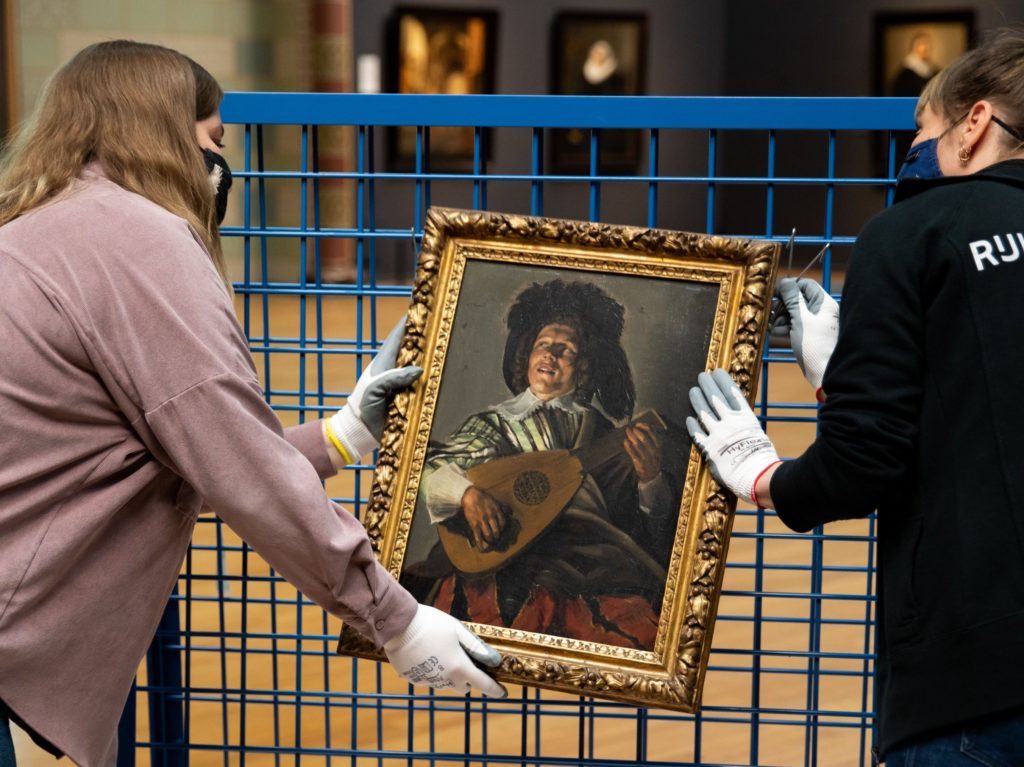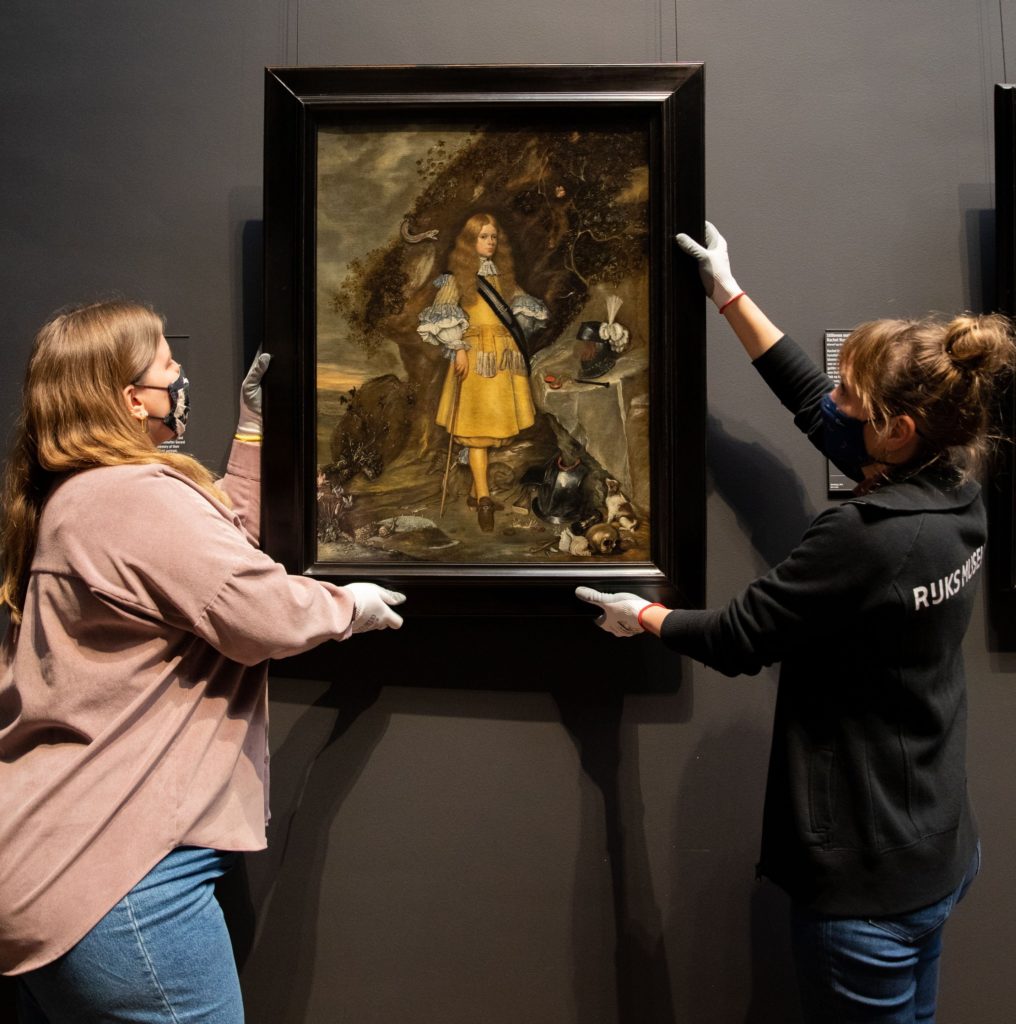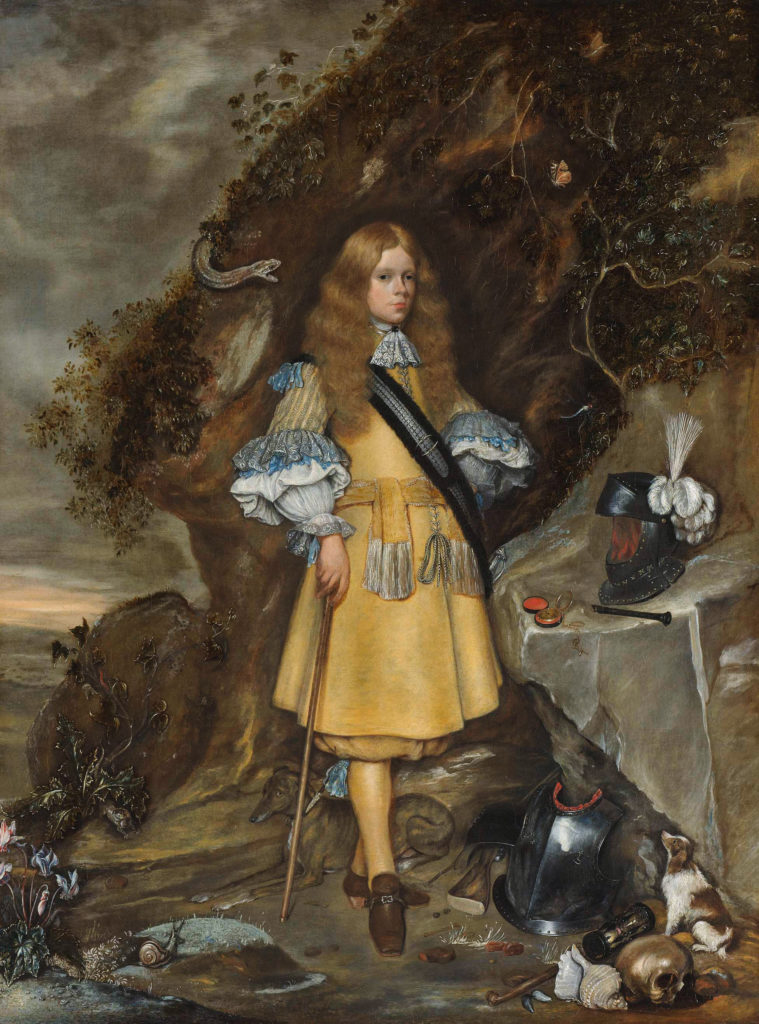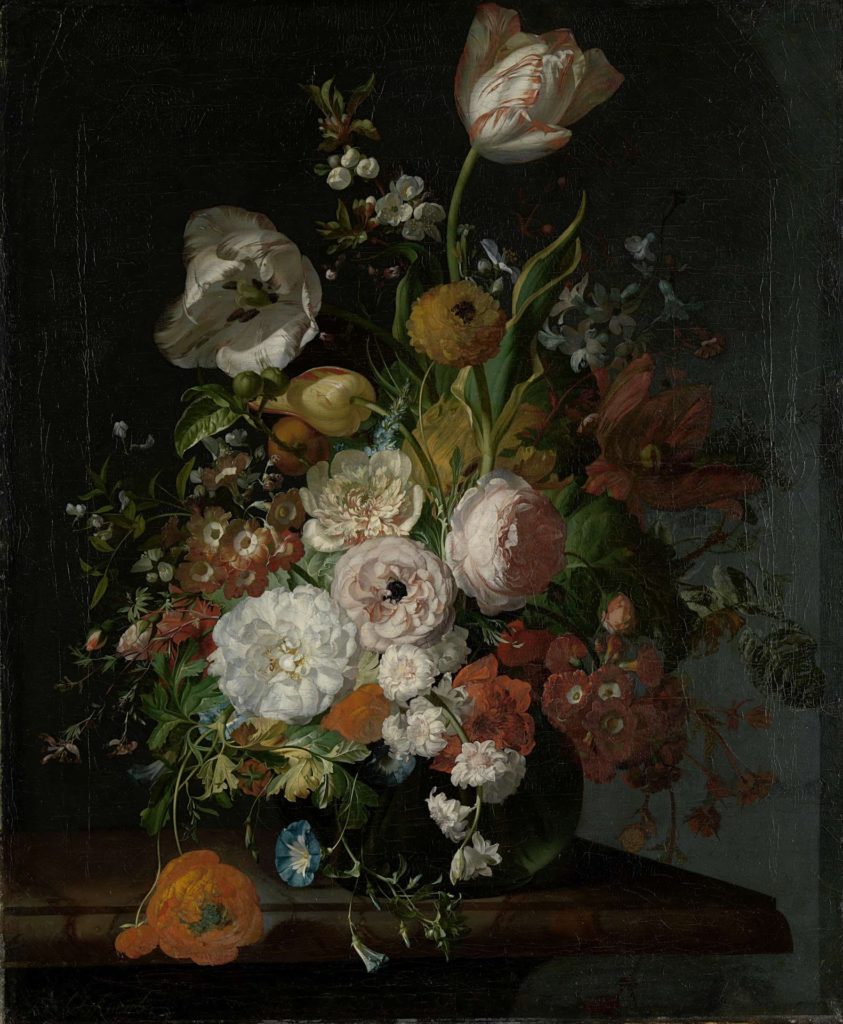Coinciding with International Women’s Day 2021, the Rijksmuseum puts works by women artists on permanent display in its most prominent gallery



On March 8, Amsterdam’s Rijksmuseum announced it is hanging three works by 17th-century women artists—Judith Leyster, Rachel Ruysch, and Gesina ter Borch—in the museum’s Gallery of Honor. These paintings will be on permanent display, alongside works by Frans Hals, Johannes Vermeer, and Rembrandt.
According to Rijksmuseum Director Taco Dibbits, “Women play an important role in the cultural history of the Netherlands. Until now, however, women have been missing from the Rijksmuseum’s Gallery of Honor. It is crucial that we keep examining and enriching the Rijksmuseum’s centuries-old collection from new perspectives.”

The museum has selected these works for permanent display:
- The Serenade, 1629, by Judith Leyster (1609–1660)
- Memorial Portrait of Moses ter Borch, 1667/1669, by Gesina ter Borch (1633–1690) and her brother Gerard ter Borch (1617–1681)
- Still Life with Flowers in a Glass Vase (c. 1690–c. 1720), by Rachel Ruysch (1664–1750)
Covering this story for Artnet News, Sarah Cascone reports that when these works go out on loan, the museum will hang a piece by another woman artist in their place. (Our vote is for Catharina van Hemessen, or Clara Peeters.) She also mentions, “the museum doesn’t actually know how many works by women artists are represented in its one-million-piece collection. So far, Reynaert’s research has identified just 29,311 objects by 2,908 women, including 158 of the museum’s 7,173 paintings.”

The Rijksmuseum recently embarked on a multi-pronged research program on women’s contribution to Dutch cultural history and their representation in the Rijksmuseum collection. The study, led by curator Jenny Reynaerts, is to establish the number of female artists; investigate their life stories; and track down the frequently absent information about women portrayed in art. It also includes a survey of female collectors, patrons, donors and curators.

Cascone quotes Reynaerts as saying, “Women artists were there all the time … But that’s the story of female artists. Throughout history, they have been so much less visible than their male counterparts.”
However, when the Rijksmuseum re-opens after lockdown, women artists will be at least a bit more visible than in the past! And in the meantime, as Nora McGreevey reports in her Smithsonian Magazine article, you can view the works on the Rijksmuseum website. You can also explore video talks (in English) by Rijksmuseum curators about Rachel Ruysch, Judith Leyster, and other female artists in the collections.
Art Herstory blog posts about Gesina ter Borch, Judith Leyster, or Rachel Ruysch:
Gesina ter Borch: Artist, not Amateur, by Dr. Nicole E. Cook
Floral Still Life, 1726—A Masterpiece by Rachel Ruysch, by Dr. Lawrence W. Nichols
Art Herstory blog posts about other Dutch or Flemish women artists:
Anna Maria van Schurman: Brains, Arts and Feminist avant la lettre, by Maryse Dekker
Books, Blooms, Backer: The Life and Work of Catharina Backer, by Nina Reid
Alida Withoos: Creator of beauty and of visual knowledge, by Catherine Powell
From a Project on Women Artists: The Calendar and the Cat Lady, by Dr. Lisa Kirch
Levina Teerlinc, Illuminator at the Tudor Court, by Louisa Woodville
A Clara Peeters for the Mauritshuis, by Dr. Quentin Buvelot
Women Artists of the Dutch Golden Age at the National Museum of Women in the Arts
The Protofeminist Insects of Giovanna Garzoni and Maria Sibylla Merian, by Prof. Emma Steinkraus
Susanna Horenbout, Courtier and Artist, by Dr. Kathleen E. Kennedy



